So what was the real motive behind the Albanese government-funded Environment Defenders Office’s (EDO) disastrous failed Federal Court action on behalf of a single Tiwi Islander (opposed even by his own family) to block the offshore pipeline in Santos’ vital $5.8 billion Barossa gas project? Was it really on indigenous heritage grounds that were demonstrated in cross-examination to be phoney? The case rested heavily on the credibility of two ‘expert witnesses’, an anthropologist and an archaeologist, both environmental activists. This credibility was comprehensively demolished in last month’s findings by Federal Court judge Natalie Charlesworth .
But questioning of the EDO’s motives prompted the judge to give the assurance that the substantive issues in this case ‘have been determined without reference to… the perceived argument that the EDO was the principal actor in this action, pursuing its own agenda and perhaps not genuinely acting on instructions of their Tiwi clients’. She nevertheless tellingly acknowledged as correct the Santos allegation that the EDO was an actor in the case, evidenced by the conduct of an EDO lawyer at briefings with selected Tiwi Islanders and the subsequently discredited consultants O’Leary and Lewis. But she made no findings on this, having ‘not entertained any submission that EDO Lawyers was the principal proponent of this action pursuing an ideological agenda’.
She noted, however, that at one meeting with Tiwi Islanders, an EDO lawyer said that while she wanted to discuss underwater cultural heritage she also wanted to talk ‘about climate change and how this project is connected with climate change and the risks’.
And last December’s 2022-23 EDO Annual Impact Report trumpeting its (temporary) ‘indigenous culture’ success in delaying the Barossa project, concluded by focussing on the environmental implications: ‘Barossa will be one of the most polluting gas fields in Australia if it goes ahead, set to unleash a conservative estimate of 436.5 million tonnes total emissions’. Which victory was the EDO then really celebrating?
The judge also made no finding as to whether the EDO lawyers in attendance when Dr O’Leary lied to the Tiwi meeting, ‘were aware of the untruthfulness of the statement’, and noted that the relevant EDO lawyer was not called as a witness to be cross-examined on this or on any other contentious matters.
So Charlesworth’s judgment has far wider implications than giving Santos the eventual go-ahead for a lawfare-delayed project of major national economic significance. It has also shone a much-needed spotlight on the unacceptable behaviour (distorting and misrepresenting evidence and coaching witnesses) by the EDO which, while being government-funded, is not required, as a non-government organisation (and protected from parliamentary scrutiny), to account for its spending or justify its actions – many of which, through lawfare delays, have been, like this one, against the public interest – with more on the way.
In the current case, lost with costs awarded against the indigenous client (which Santos has declined pursuing – without revealing its decision about the EDO!), the measure of the EDO’s success is in the massive costs due to delays to the project of close to $500 million – along with multi-millions in legal and other consequential costs including an informative media campaign. Of greater concern is the unmeasurable cost of damage to Australia’s sovereign risk status by the EDO’s lawfare in a world competing for development capital.
The judgment raises serious questions about the EDO’s integrity, particularly its role in seeking to convince Tiwi Islanders (and ultimately the court) that the ‘cultural mapping’ which was the centrepiece of the action, and involved Dr O’Leary along with lawyers from the EDO and some selected members of the Tiwi Islands community, was ‘scientifically sound and otherwise reliable’. But it was an EDO lawyer, claiming to represent truthfully on the map what a Tiwi informant had stated, who drew a horizontal line, ‘distorting and misrepresenting what the indigenous informant had said’.
The judge was highly critical of the fact that the EDO’s ‘synthesised narratives, that were put forward as communal beliefs of Tiwi clans do not disclose even the existence of different and dissenting views held by other persons having cultural authority within the same clans with respect to the same underlying song lines’.
Describing the process as tainted by ‘confection’ and ‘construction’ of evidence, the judge added, ‘I cannot be satisfied that the choices of words in the statements are those of the witnesses themselves, given my observations of their manner of speaking in the witness box.’
So she concluded that what emerged under cross-examination ‘is sufficient to reduce the integrity and hence the reliability of the cultural mapping exercise to nought’, with these flaws serving to ‘contaminate this document and so render it forensically useless’. In addition, ‘The potential for contamination of the minds of witnesses arising from the processes and the resulting reports was made most apparent in the evidence,’ with the result that the judge questions whether ‘beliefs about the existence of burial grounds [in now-submerged land] in the vicinity of the pipeline have not been recently engendered or influenced by the flawed processes… There is a real risk that the concerns (and accompanying anxiety of some Tiwi Islanders on this topic) are based on a seascape and prior landscape that I consider has been wrongly presented to them as constituting a form of objective truth. The whole of it must be rejected.’
Is this litany of EDO error an unfortunate aberration, as the president of the Law Council indicated in his inevitable defence of the EDO? Or is this simply the first time a competent judge has subjected the conga line of committed activists regularly providing, via the EDO, sympathetic judges and tribunals with one-eyed environmental advice, to rigorous forensic examination?
Pressure is mounting to reverse the Albanese government’s recent $10 million forward funding after a decade-long gap that followed the Abbott government’s 2013 de-funding decision, with opposition leader Peter Dutton promising to end it, as are state and territory politicians. While all that Environment Minister Tanya Plibersek has said is that, ‘The government expects all organisations that receive federal funding to operate with integrity,’ with no evident capacity to enforce that requirement. The WA leader of the AWU is closer to reality with, ‘This damning judgment exposed a green group using any means necessary to wage an ideological attack on a hydrocarbons project that will secure work for our members.’
But if the government has no means to ensure that taxpayers’ multi-millions of dollars are being spent appropriately by the EDO, who has? As a registered charity and with an Asic number, there is little publicly available information. The ten-member board, chaired by Dr Bronwyn Darlington, runs a company apparently owned by 57 anonymous members who appoint the directors. I wasted a $10 search fee seeking details from Asic without success. All we know is that the EDO’s annual report shows revenue of $13.3 million, comprised mainly of grants and donations, with $3.7 million reportedly from overseas, with almost $12 million being spent on the 105 employees and 100 volunteers. Transparency? Conflicts of interest? As the EDO demonstrated in the Barossa case, sometimes even integrity has to be sacrificed for a ‘righteous cause’ like the environment. Really?
Got something to add? Join the discussion and comment below.
Get 10 issues for just $10
Subscribe to The Spectator Australia today for the next 10 magazine issues, plus full online access, for just $10.
You might disagree with half of it, but you’ll enjoy reading all of it. Try your first month for free, then just $2 a week for the remainder of your first year.

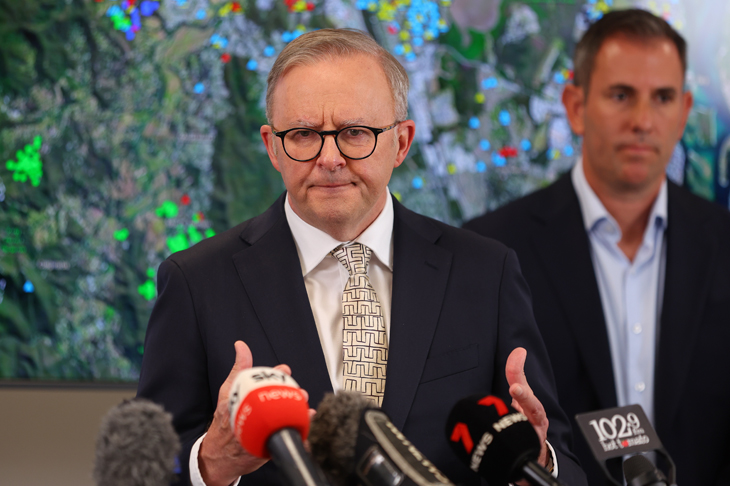

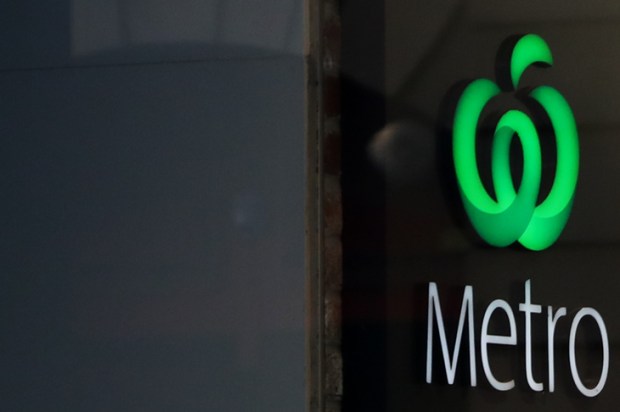
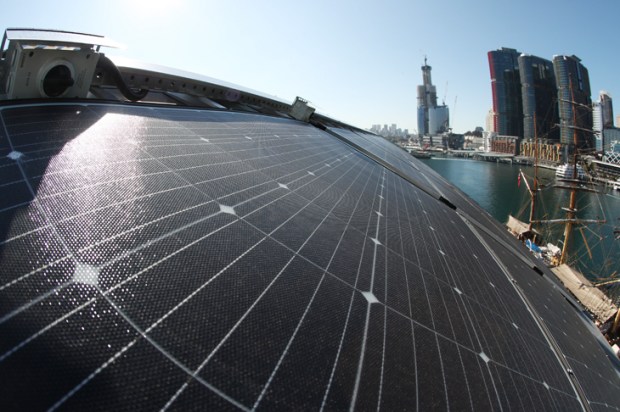

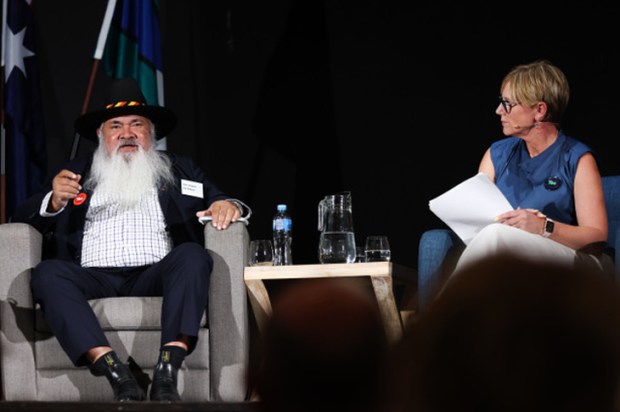
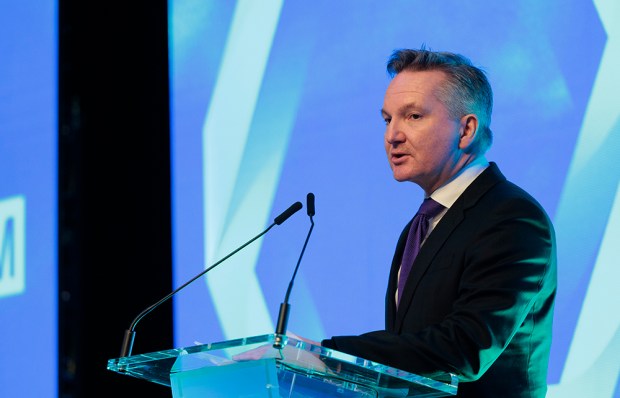






Comments
Don't miss out
Join the conversation with other Spectator Australia readers. Subscribe to leave a comment.
SUBSCRIBEAlready a subscriber? Log in